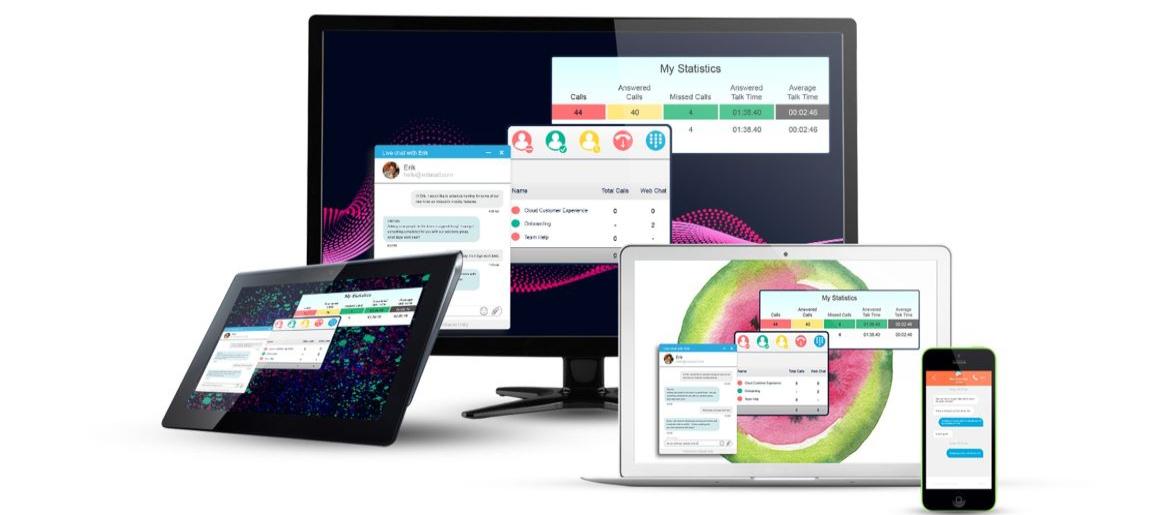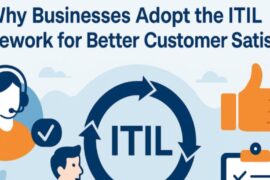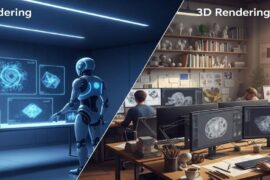In today’s competitive business landscape, customer service excellence has become a critical differentiator. Companies that invest in user-centered design principles for their customer service operations consistently outperform competitors in both customer satisfaction and operational efficiency. This approach transforms traditional call center operations from reactive service hubs into proactive customer experience engines that drive business growth.
Understanding User-Centered Design in Customer Service
User-centered design places the customer’s needs, preferences, and behaviors at the heart of every operational decision. Rather than designing systems around internal processes or technological limitations, this methodology starts with understanding how customers naturally want to interact with your business. This fundamental shift in perspective creates more intuitive, efficient, and satisfying customer experiences.
The approach involves extensive research into customer journey mapping, identifying pain points, and developing solutions that address real user needs rather than assumed requirements. When applied to call center operations, this methodology reveals insights that can dramatically improve both customer satisfaction and agent productivity.
Streamlining Agent Workflows
User-centered design principles significantly enhance agent efficiency by optimizing the tools and processes they use daily. Traditional call center software often requires agents to navigate multiple screens and systems, creating unnecessary complexity that slows resolution times and increases frustration.
By designing agent interfaces with actual workflow patterns in mind, companies can reduce the cognitive load on representatives while improving their ability to serve customers effectively. Intuitive dashboards that present relevant information in logical sequences allow agents to focus on customer needs rather than wrestling with technology.
Single-screen solutions that integrate customer history, product information, and resolution tools eliminate the need for constant system switching. This streamlined approach reduces average handle times while improving first-call resolution rates, creating a win-win scenario for both customers and agents.
Enhancing Customer Experience Through Design
Modern customers expect seamless, personalized interactions regardless of how they choose to contact your business. User-centered design helps create consistent experiences across all touchpoints, whether customers reach out via phone, chat, email, or social media.
Intelligent routing systems that understand customer context and history can immediately connect callers with the most appropriate agents. This eliminates the frustration of repeating information multiple times while ensuring customers receive specialized expertise when needed.
Self-service options designed with user behavior in mind reduce call volume for routine inquiries while maintaining satisfaction levels. Interactive voice response systems that mirror natural conversation patterns and provide clear, relevant options help customers resolve issues independently when preferred.
Data-Driven Optimization
User-centered design relies heavily on continuous feedback and iteration. Advanced analytics tools provide insights into customer behavior patterns, agent performance metrics, and system bottlenecks that might not be immediately apparent.
Heat mapping technology reveals which interface elements agents use most frequently, allowing for optimization of screen layouts and tool placement. Call recording analysis identifies common customer frustrations and successful resolution patterns, informing both training programs and system improvements.
Real-time performance dashboards help supervisors identify coaching opportunities and resource allocation needs, ensuring optimal staffing levels during peak demand periods.
The Hosted Advantage
Organizations leveraging a hosted call center solution gain significant advantages in implementing user-centered design principles. Cloud-based platforms offer the flexibility to rapidly deploy interface updates, test new workflows, and scale resources based on real-time demand analysis.
This infrastructure eliminates many of the technical barriers that traditionally prevented rapid iteration and improvement. Updates can be rolled out seamlessly across entire operations without disrupting service, allowing for continuous optimization based on user feedback.
Measuring Success
Effective user-centered design implementation requires comprehensive measurement frameworks that track both operational efficiency and customer satisfaction metrics. Key performance indicators should include first-call resolution rates, customer effort scores, agent utilization rates, and overall satisfaction ratings.
Regular customer feedback collection through post-interaction surveys provides valuable insights into the effectiveness of design changes. This continuous feedback loop ensures that improvements genuinely enhance the customer experience rather than simply optimizing internal metrics.
The integration of user-centered design principles into call center operations represents a strategic investment in long-term customer relationships and operational excellence.































